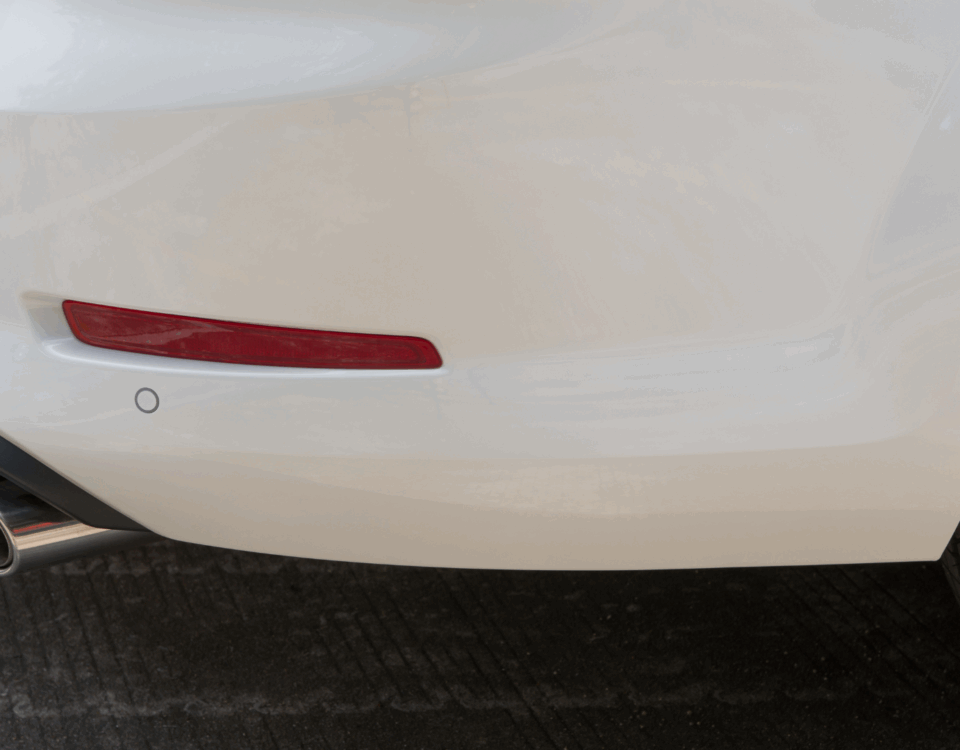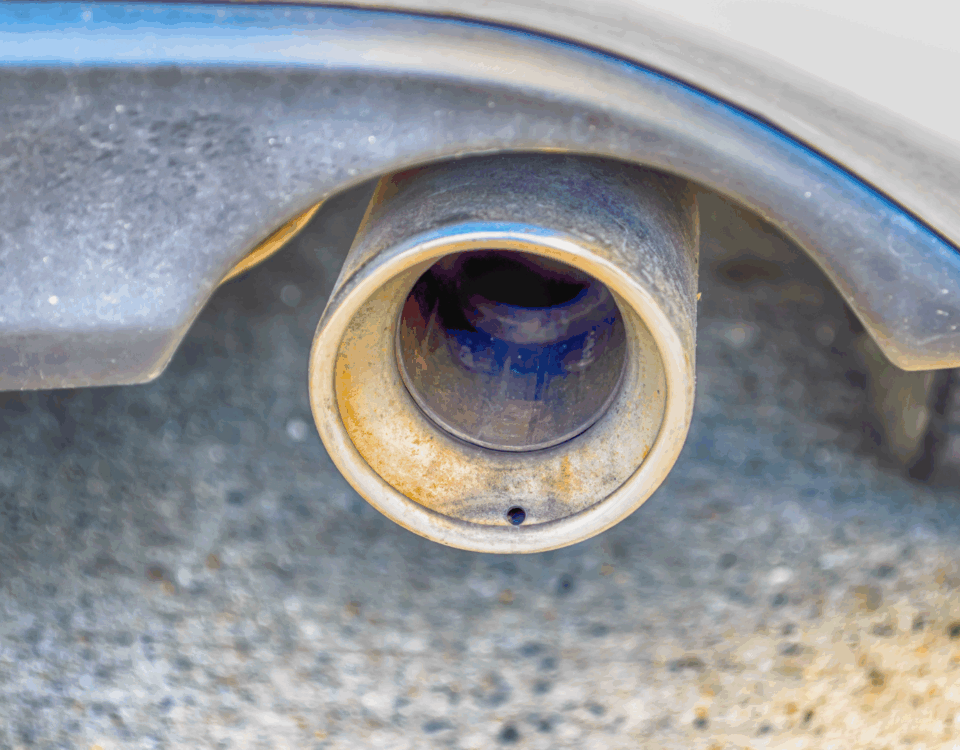Overview Your Guide for What to Expect at a Smog Inspection Station
November 18, 2024Top 5 Common Reasons for Smog Test Failure
November 25, 2024Passing a smog test is essential for ensuring that your vehicle meets environmental standards and stays roadworthy. Yet, many car owners are surprised when their vehicles fail this crucial inspection. Understanding the common reasons for failure can help you avoid unexpected outcomes and costly repairs. Below, we’ll explore some of the most frequent culprits of smog test failures and provide tips to keep your vehicle compliant.
Malfunctioning Emission Control System
The emission control system plays a critical role in reducing the pollutants your car emits. If components such as the catalytic converter, oxygen sensors, or the exhaust gas recirculation (EGR) valve are faulty, your vehicle may fail the smog test. These components ensure harmful gases like carbon monoxide and nitrogen oxides are minimized before leaving the exhaust.
Over time, these parts can wear out or become clogged, reducing their efficiency. Regular maintenance, such as cleaning the EGR valve and replacing oxygen sensors, can help prevent issues. Additionally, if your Check Engine light is on, it’s a strong indicator that there’s a problem with your emission control system that needs immediate attention.
Dirty or Faulty Air Filter
A clean air filter is essential for maintaining proper air-to-fuel ratios in your engine. If the air filter is clogged, it restricts airflow, causing incomplete combustion and increased emissions. This imbalance can lead to higher levels of hydrocarbons, which are closely monitored during a smog test.
Replacing your air filter regularly is a simple yet effective way to avoid smog test failures. Most experts recommend changing the air filter every 12,000 to 15,000 miles, depending on your driving conditions. A fresh filter not only helps with emissions but also improves fuel efficiency and engine performance.
Problems with Fuel Injection or Carburetor Systems
The fuel system, whether fuel-injected or carbureted, ensures that the right amount of fuel mixes with air for combustion. If this system is out of sync or malfunctioning, it can lead to higher emissions. For vehicles with fuel injectors, clogged nozzles can result in poor atomization, causing excess hydrocarbons. Older cars with carburetors may experience similar issues due to wear and tear over time.
Regular inspections of your fuel system can catch issues early. Using high-quality fuel and periodically adding fuel injector cleaners can also help maintain optimal performance. Keeping your fuel system in top shape is one of the most effective ways to pass a smog test with ease.
Ignition System Issues
Your vehicle’s ignition system directly affects combustion. Faulty spark plugs, damaged ignition wires, or a failing ignition coil can disrupt the spark needed to ignite the fuel-air mixture in the engine. This leads to incomplete combustion, which increases emissions and could result in smog test failure.
Inspecting and replacing spark plugs according to your car manufacturer’s recommendations can prevent these issues. Modern vehicles typically require spark plug replacement every 30,000 to 100,000 miles, depending on the type of plugs used. Regular tune-ups can also ensure that your ignition system is functioning optimally, reducing the risk of failure during a smog test.
By understanding these common causes of smog test failures, you can take proactive steps to maintain your vehicle’s performance and compliance with emission standards. Regular maintenance not only ensures a smoother smog test experience but also helps reduce your environmental impact.





